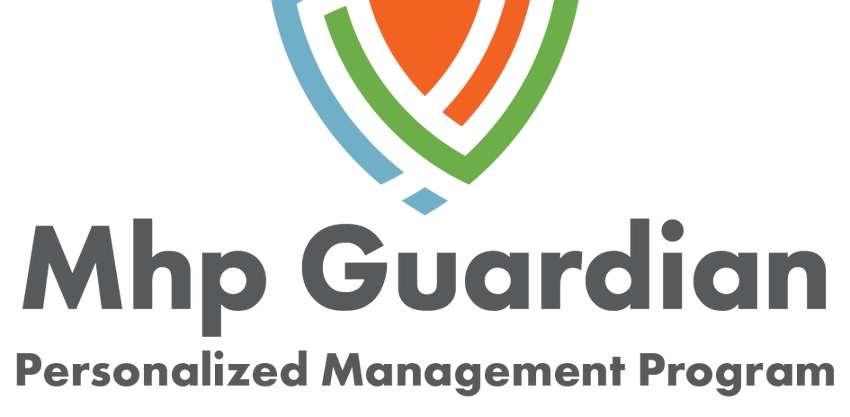Mhp-positive pigs average 9.2 pounds lighter and on average need an extra six days to reach market weight.
February 2, 2023

Zoetis has introduced Mhp Guardian, the first comprehensive Mycoplasma hyopneumoniae management program that moves Mhp-positive herds into a negative or more stable status and keeps them there.
Mhp is one of the most prevalent and economically significant respiratory pathogens in the swine industry.1 Pigs of all ages are susceptible, but pigs typically become infected in the first few weeks of life either from the sow or from other pigs after commingling.2
"Pigs with mycoplasma pneumonia will have a dry hacking cough, and as a population, they become very lethargic and lack the activity level of a healthy group of pigs," said Dave Baumert, senior technical services veterinarian with Zoetis Pork. "Subsequently, we see decreased average daily gain and feed efficiency. In addition, the producer is paying for increased medication costs and higher facility costs because Mhp-infected pigs will take longer to reach a target market weight."
Mhp-positive pigs average 9.2 pounds lighter and on average need an extra six days to reach market weight. Overall, the economic impact results in a loss of $2 to $5 for Mhp-positive pigs.1 Mhp in combination with a respiratory coinfection such as porcine reproductive and respiratory syndrome virus or influenza A virus of swine can cost producers over $10 per pig.2
Mhp Guardian is the first consultative, comprehensive Mhp management program that moves Mhp-positive herds into a negative or more stable status. It offers pork producers (in collaboration with their veterinarians) a step-by-step approach that helps guide their operation through a herd status identification process and delivers a customized road map for either a control or elimination program, depending on their specific goals or objectives.
"The Mhp Guardian program has four steps – the first step is to establish herd status using STOMP PLUS, our consultative diagnostic service, to classify each site or farm as positive uncontrolled, positive controlled, provisionally negative, or negative. The second step is to assess intervention options. Using a risk management model, we determine whether control or elimination is the best fit for your operation and then build a customized, practical plan for your operation," said Eva Jablonski, a senior technical services veterinarian with Zoetis Pork. "Step three is implementing those intervention strategies – this is the nuts and bolts of getting it done. We'll work with you to develop a customized roadmap, taking into consideration system constraints, pig movement, etc. Lastly, step four is monitoring intervention outcomes. We'll work with you to develop a refined diagnostic plan to ensure the intervention was successful and to continue measuring stability."
Production personnel and pig caregivers are supported throughout the program by the Zoetis on-farm pork production specialists and technical services team, who have extensive, real-world Mhp-management and research experience.
References
1Yeske, 2016. Mycoplasma hyopneumoniae elimination, 2016 AASV Annual Meeting Proceedings, pg. 376-380. https://www.aasv.org/library/swineinfo/item.php?AASV/2016/376_Yeske.pdf
2Haden, C., T. Painter, T. Fangman, D. Holtkamp. 2012. Assessing production parameters and economic impact of swine influenza, PRRS and Mycoplasma hyopneumoniae on finishing pigs in a large production system. Proceedings of the 2012 AASV Annual Meeting. p 75-76.
You May Also Like

.png?width=300&auto=webp&quality=80&disable=upscale)

